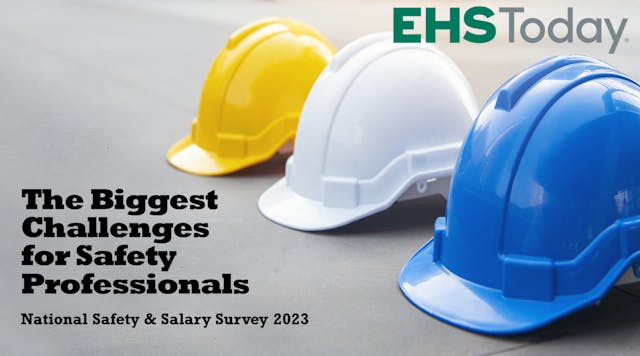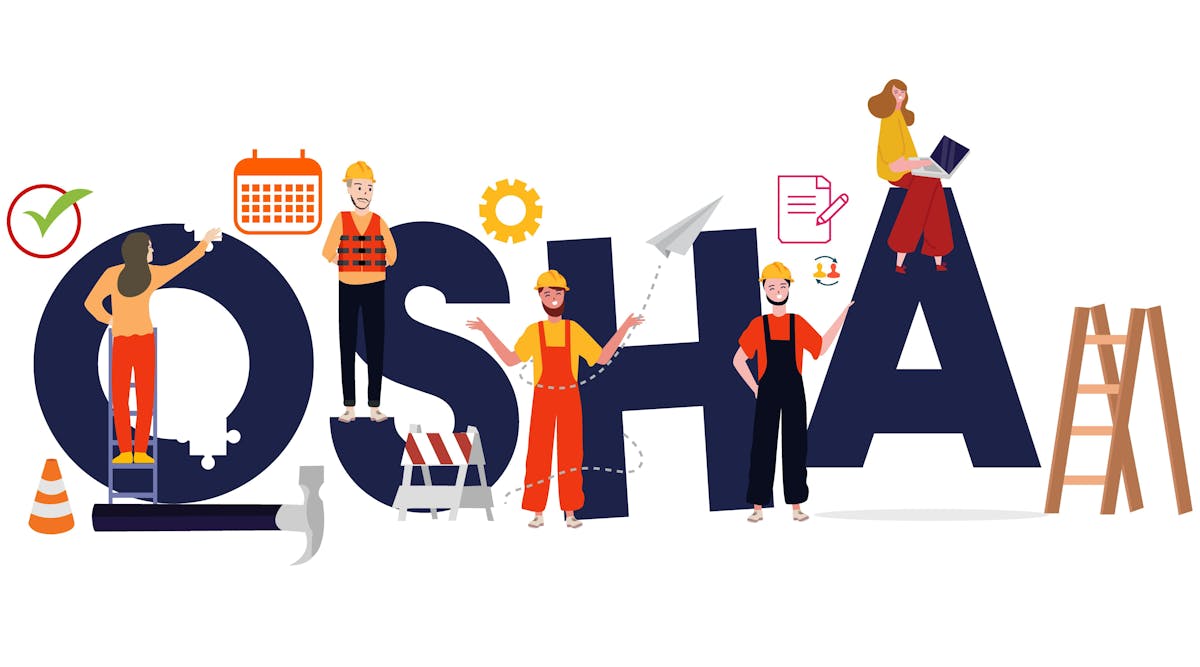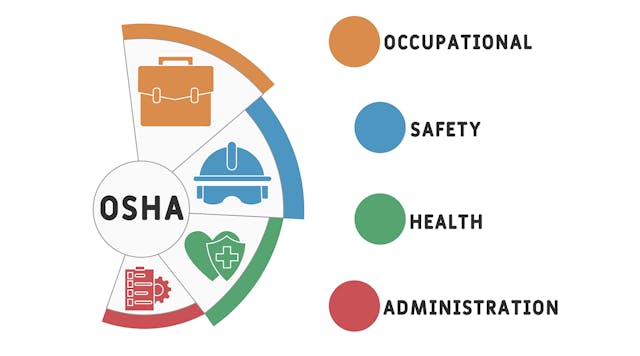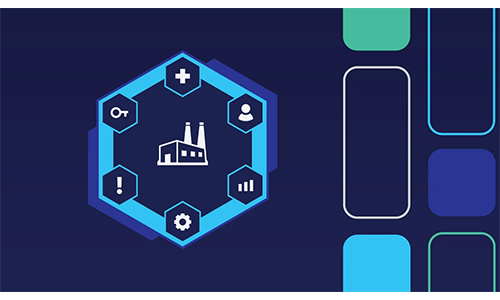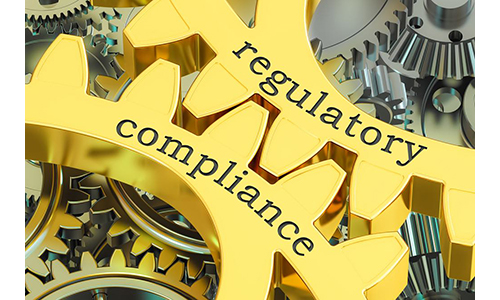Whether your organization’s environmental, social and governance (ESG) efforts are well-established or still being formed, there's a good chance that, as an EHS professional, you have an important role to play in carrying them out.
In fact, safety programs (and the data they track) often provide invaluable information to the other stakeholders responsible for establishing ESG goals and monitoring their progress. Here are four ways your existing safety program can support your organization’s larger ESG efforts.
1. Establish Your Carbon Emissions Baseline
One of the most important measurements at the start of any ESG endeavor is the assessment of an organization’s current carbon emissions. It’s impossible to set reasonable reduction goals—never mind determine how close you are to reaching those goals—if you don’t know where you starting from.
Many EHS professionals use compliance software that tracks an organization’s emissions. Sharing this data with key stakeholders working on ESG efforts is a simple way to facilitate those efforts and add value to the organization as a whole.
Naturally, as the organization defines its goals and strategy, emissions data from EHS software will continue to be vitally important to assessing where you are on the path to reaching those goals.
In the future, if the SEC’s proposed rule on reporting greenhouse gas emissions takes effect, EHS professionals who already collaborate with larger ESG teams will be well positioned to help their organizations comply with any new regulations.
2. Maintain Compliance with Environmental Regulations
The primary metric of ESG programs may be carbon emissions, but environmental stewardship involves more than reducing greenhouse gasses.
Again, thanks to data they’re likely already tracking, EHS professionals can provide ESG teams with useful information on a variety of organizational environmental impacts, including use and disposal of regulated chemicals, and use of hazardous materials.
There's a kind of beautiful harmony to the EHS-ESG relationship. Both roles work to reduce harm, whether the primary focus is on an organization’s employees (as with EHS) or its broader community (as with ESG). The work that reduces harm also tends to reduce risk, which happens to make an organization more attractive to investors as well.
This is why I like to remind people that ESG is a financial metric. By demonstrating environmental responsibility, organizations signal they are careful and that they invest time in thinking things through from end to end. This approach to an individual component of the business suggests a similar approach organization-wide, meaning organizations with strong ESG and EHS credentials tend to be better risks overall, not just on paper.
3. Demonstrate Your Commitment to the Community's Safety and Health
Another way EHS professionals can support ESG efforts is by helping document and demonstrate the organization's commitment to community safety and health.
The first way this manifests is in the treatment of the organization’s employees. As community members, each employee’s individual health and safety is part of the larger community’s overall health and safety. Moreover, when workplaces consistently demonstrate that they treat employees well, those employees tend to stay longer. It’s easier for the company to hire and easier to grow.
This creates a virtuous circle for the community: When businesses have a steady workforce, they can grow steadily. That creates demand for services among employees and their families, which leads to increased economic activity and eventually increases prosperity for the entire community.
4. Prevent Reputational Damage and Revenue Loss
I mentioned above that ESG is a financial metric. That’s most obvious when a failure to embrace ESG efforts leads to a major incident that costs a business serious money (and often more).
On the environmental side, think how a chemical leak might impact local drinking water. When local media report on the leak’s origins, the responsible organization takes a serious reputational hit. It may have difficulty hiring employees and even signing new business partners. It may be outright ineligible to partner with large firms that have their own ESG standards, such as Amazon.A bad workplace accident could have a similar impact, especially if the cause of the accident was organizational negligence.
On the governance side, a revelation about excessive executive pay or unsavory business practices at a partner or provider could cause similar reputational risks and ultimately damage the business.
While EHS teams may not have as much impact on the governance side, their careful attention to data and commitment to health and safety absolutely help build the kind of transparent workplace that stands up to scrutiny when it comes and doesn’t bring unwelcome scrutiny for preventable reasons.
EHS Professionals Have a Key Role to Play in ESG Efforts
ESG efforts are complex and nuanced, and they are likely to evolve within any organization as third-party requirements change and regulations emerge. EHS professionals have a key role to play, not only in the data they can provide to fuel ESG measurement but also in their contributions to the larger organization’s culture of compliance and safety.
Jade Brainardis senior director of product management at KPA, a provider of EHS and Workforce Compliance software and services for a wide range of businesses.












